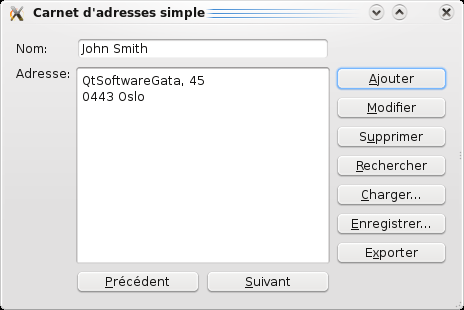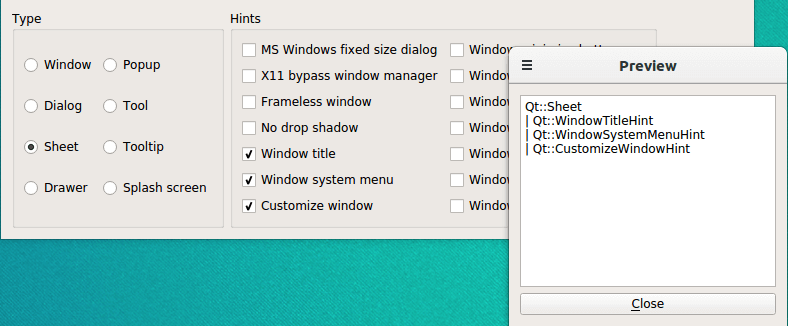

QT DESIGNER FOR WINDOWS AND RUBY CODE
We can generate high quality, publication-ready graphs with minimal effort (sometimes we can achieve this with just one line of code or so), and for elaborate graphs, we have at hand a powerful library to support our needs. Matplotlib tries to make easy things easy and hard things possible.
QT DESIGNER FOR WINDOWS AND RUBY HOW TO
Later on, we will see what tools and Python modules are needed to have the best experience with Matplotlib and how to get them installed on our system, be it Linux, Windows, or Mac OS X. In this chapter, we will introduce Matplotlib, learn what it is, and what it can do.

It can also be used interactively with the Python interpreter or IPython. It can be used in scripts without a graphical display, embedded in graphical applications, or on web pages. The dual nature of Matplotlib allows it to be used in both interactive and non-interactive scripts. In addition to this, it is highly customizable, flexible, and easy to use. It can use multiple window toolkits (GTK+, wxWidgets, Qt, and so on) and it provides a wide variety of plot types (lines, bars, pie charts, histograms, and many more). It supports interactive and non-interactive plotting, and can save images in several output formats (PNG, PS, and others). Matplotlib is a Python package for 2D plotting that generates production-quality graphs. A package is a structured collection of modules that have the same purpose. So the result is that we have an extensible language with tools to accomplish a single task in the best possible way. Last, but not least, you will go through real-world examples, where you will see some real situations in which you can use Matplotlib. You will learn through an incremental approach: from a simple example that presents the peculiarities of the GUI library, to more complex ones, using GUI designer tools.īecause the Web permeates all of our activities, a part of the book is dedicated to showing how Matplotlib can be used in a web environment, and another section focuses on using Matplotlib with common Python web frameworks, namely, Pylons and Django. You will be introduced to three of the best known GUI libraries-GTK+, Qt, and wxWidgets-and presented with the steps to implement to include Matplotlib in an application written using each of them. Then we start with some introductory examples, and move ahead by discussing the various programming styles that Matplotlib allows, and several key features.įurther, the book presents an important section on embedding applications. First come the basics: introducing what the library is, its important prerequisites (and terminology), installing and configuring Matplotlib, and going through simple plots such as lines, grids, axes, and charts. The book introduces the library in steps. You will discover how easy it is to produce professional-quality plots when you have this book to hand. This book gives you a comprehensive tour of the key features of the Matplotlib Python 2D plotting library, right from the simplest concepts to the most advanced topics. This book explains creating various plots, histograms, power spectra, bar charts, error charts, scatter-plots and much more using the powerful Matplotlib library to get impressive out-of-the-box results.

Matplotlib, the Python 2D plotting library, is used to produce publication-quality figures in a variety of hardcopy formats and interactive environments across platforms. Providing appealing plots and graphs is an essential part of various fields such as scientific research, data analysis, and so on.


 0 kommentar(er)
0 kommentar(er)
